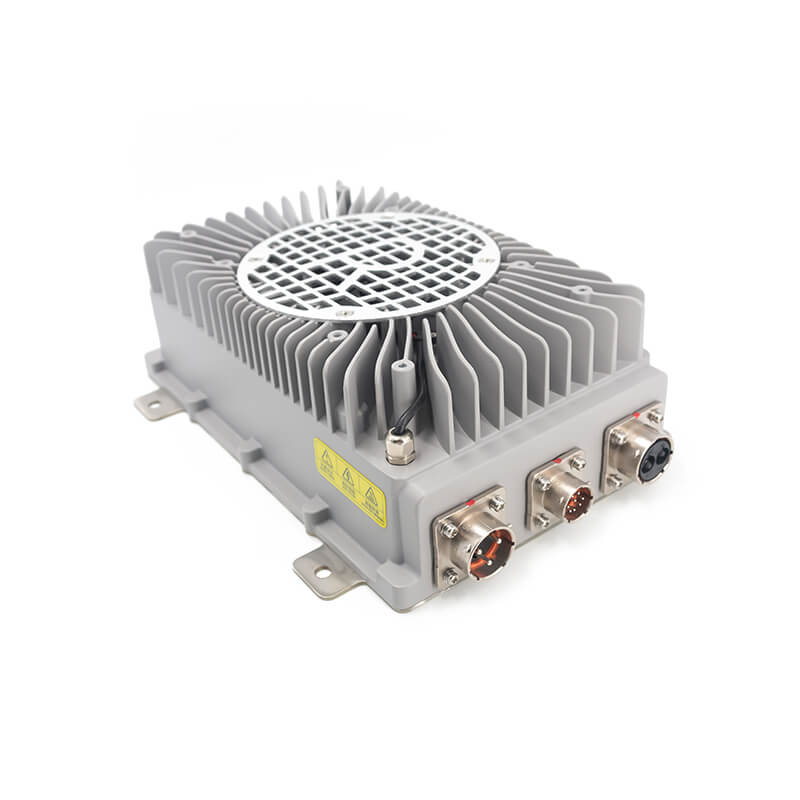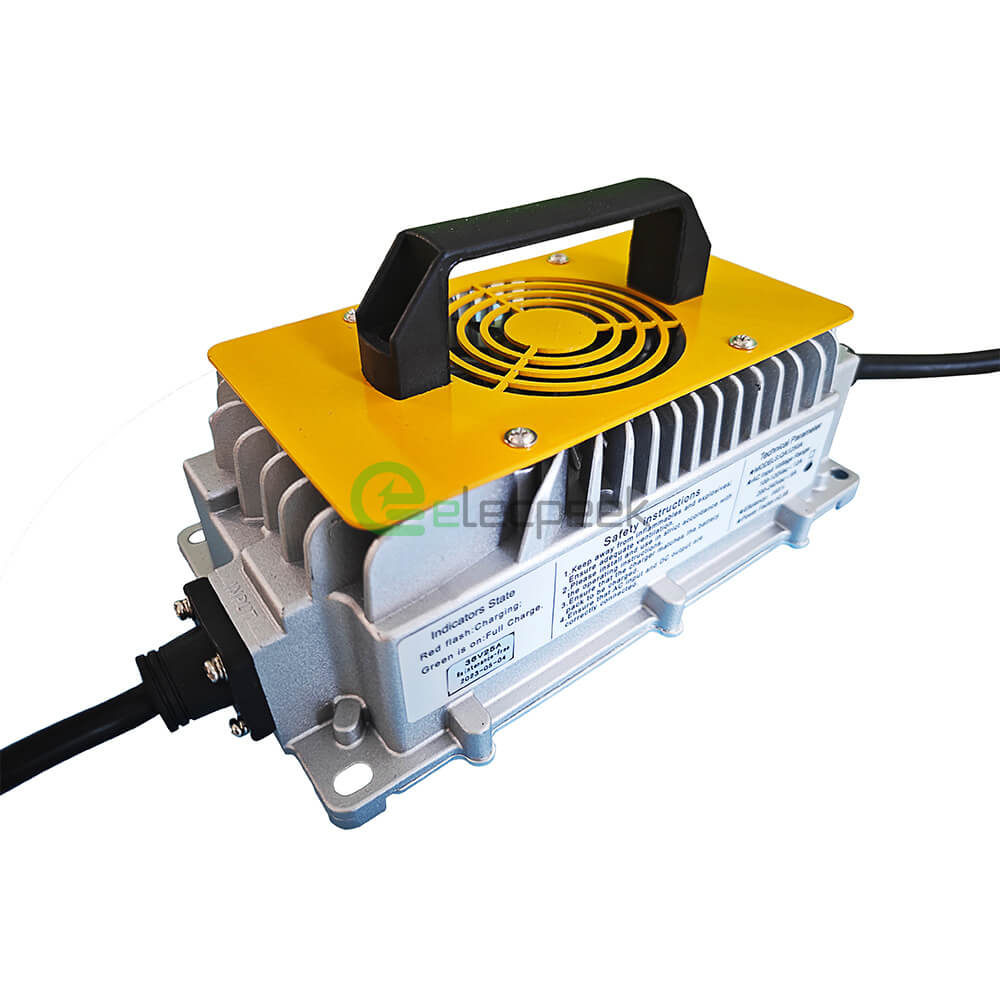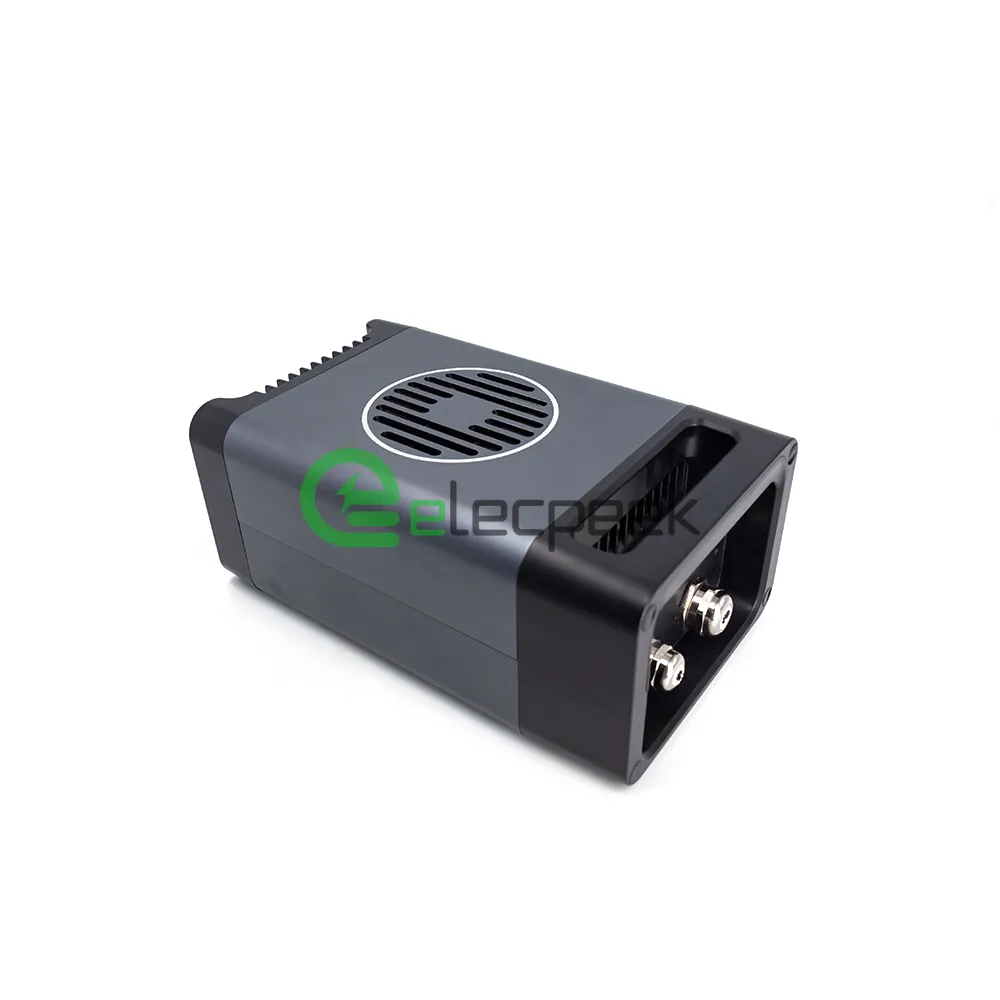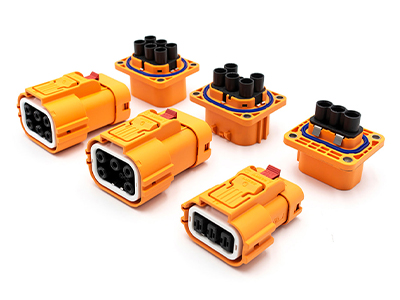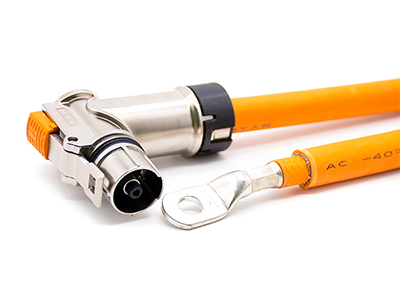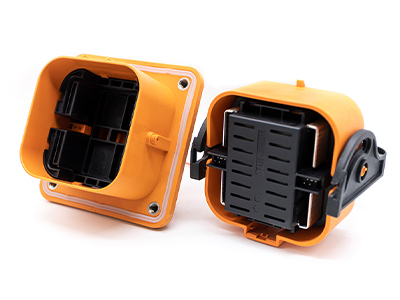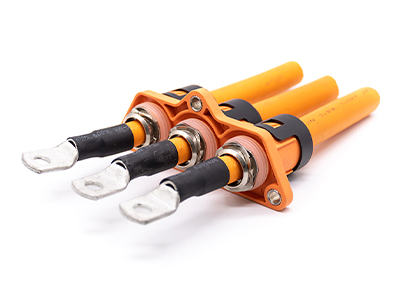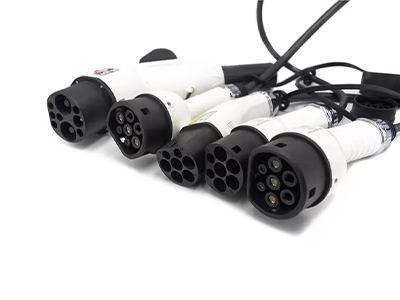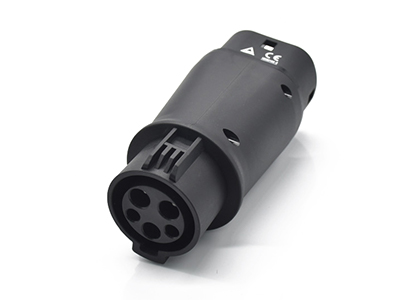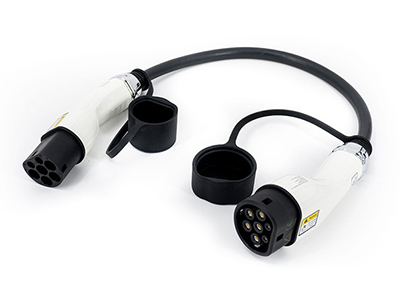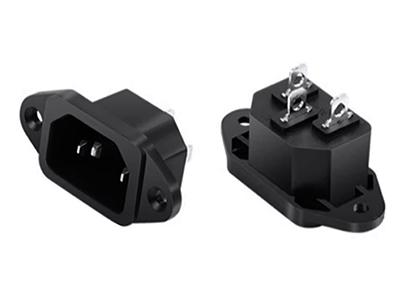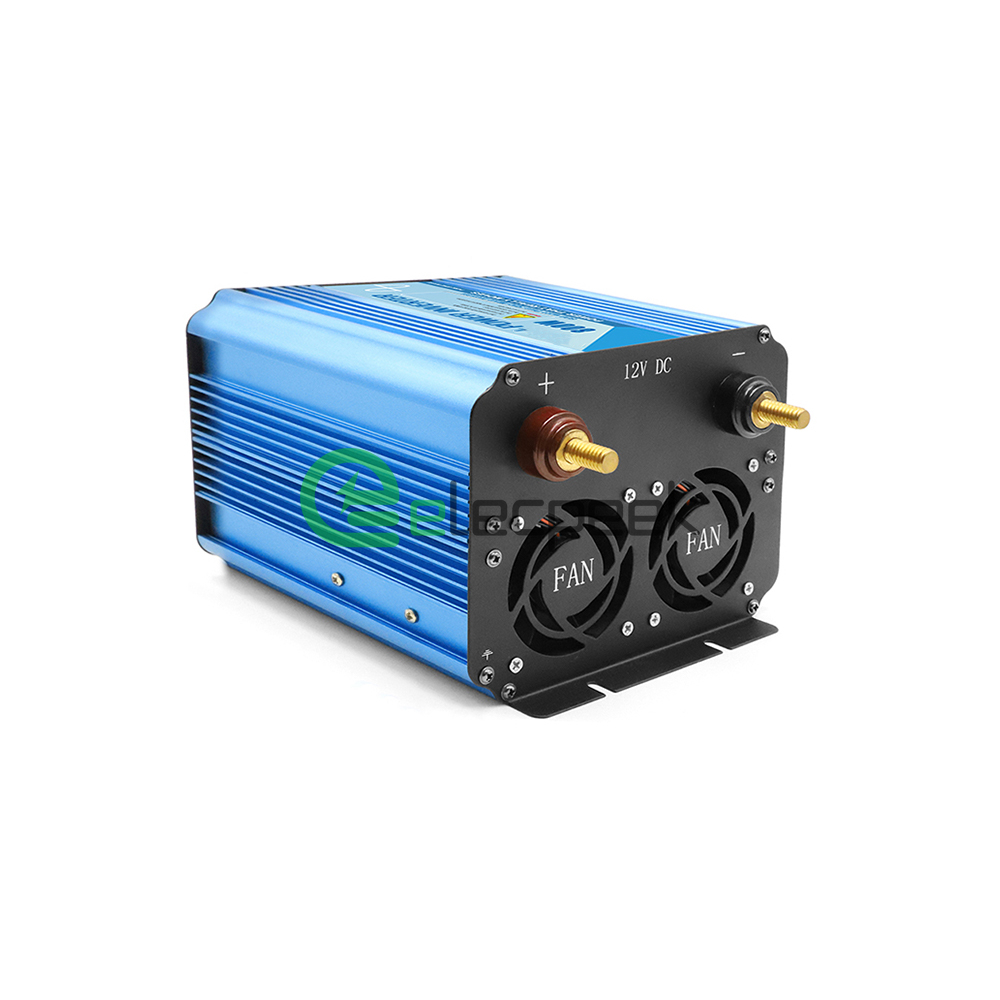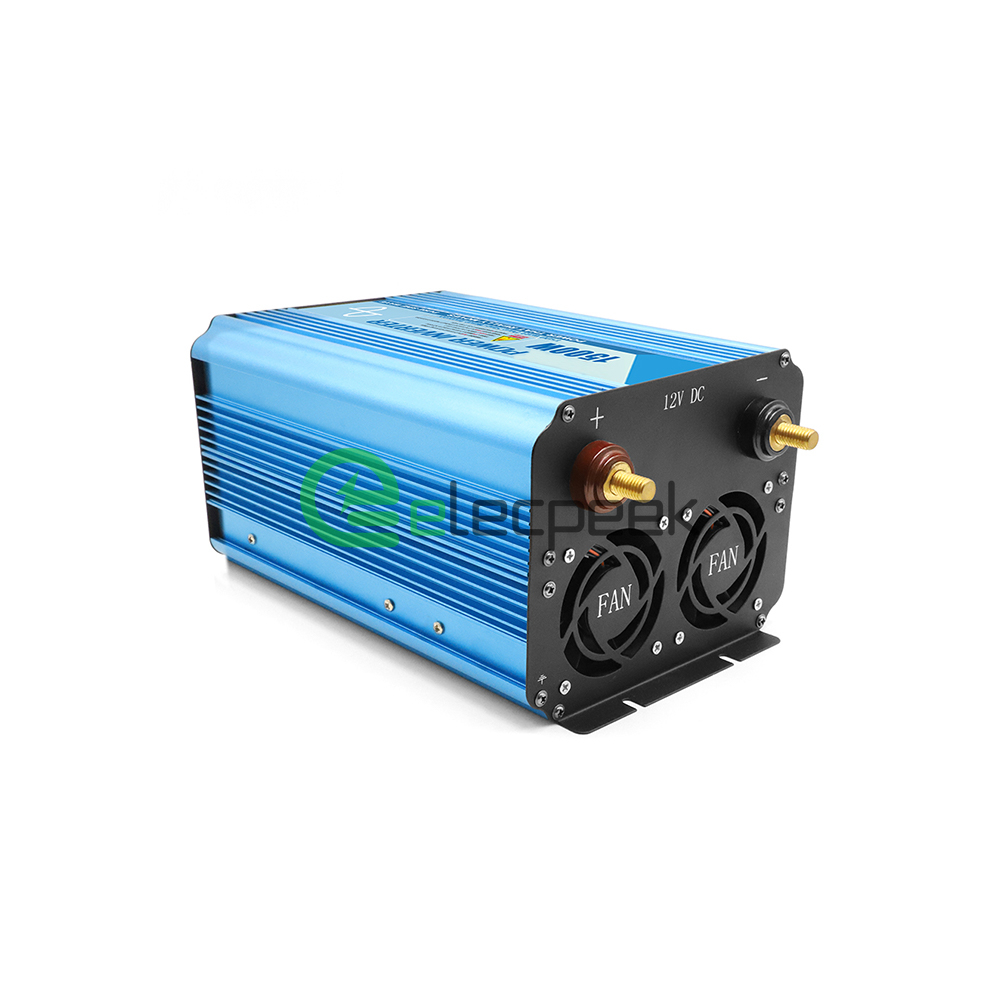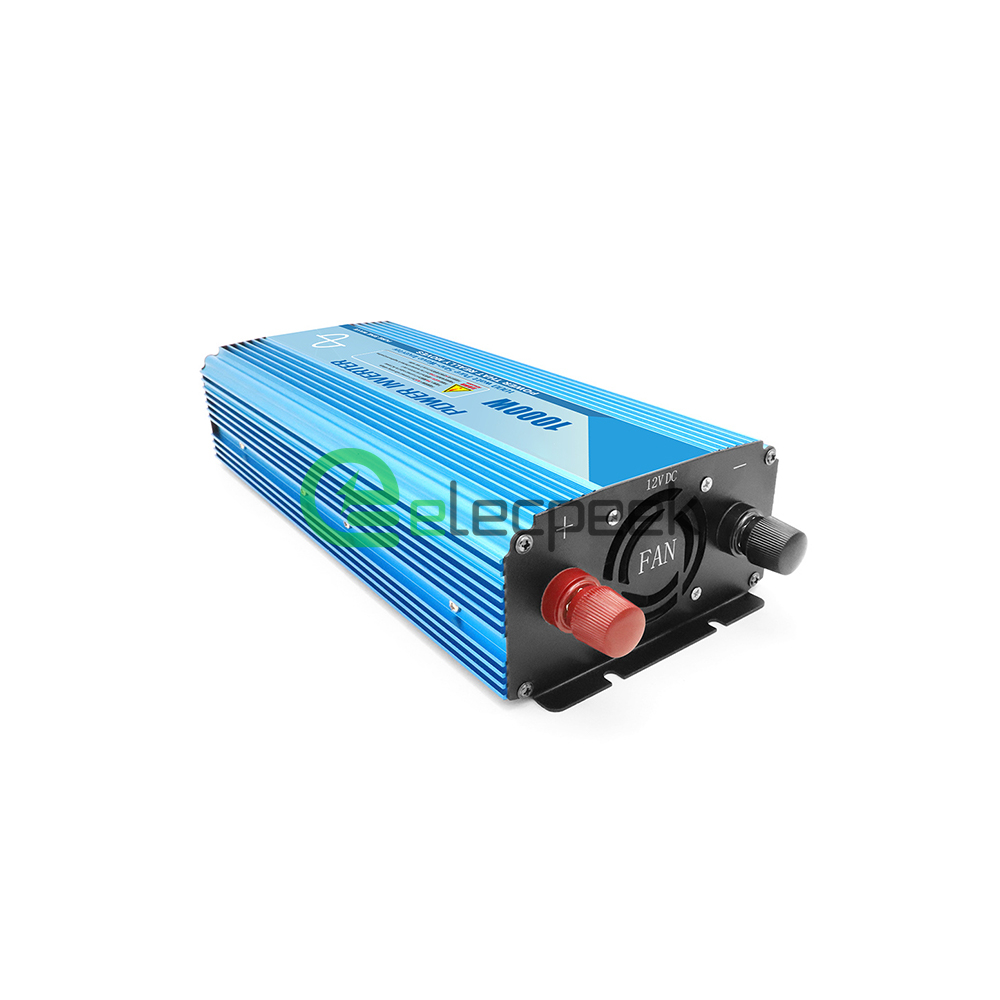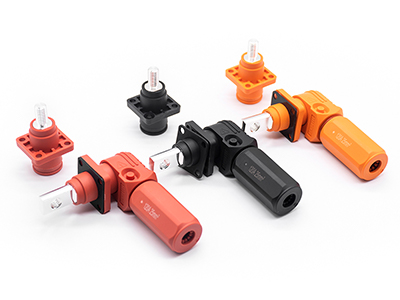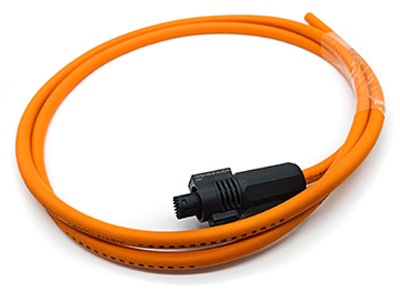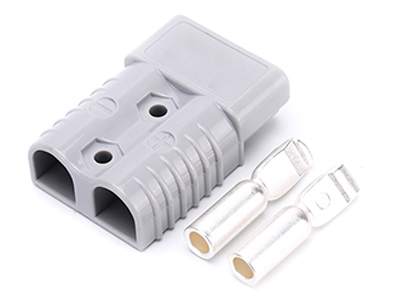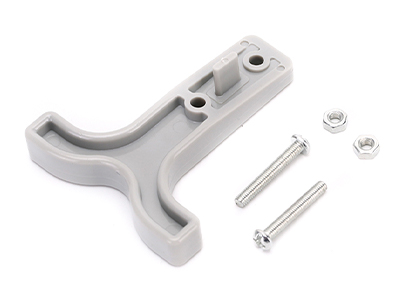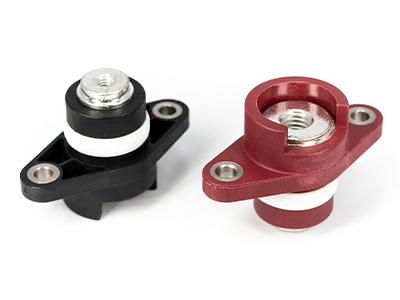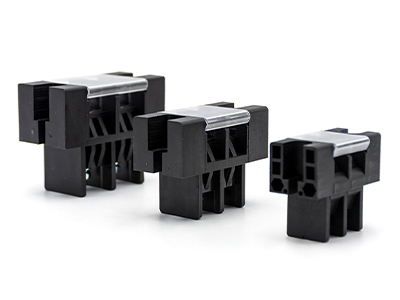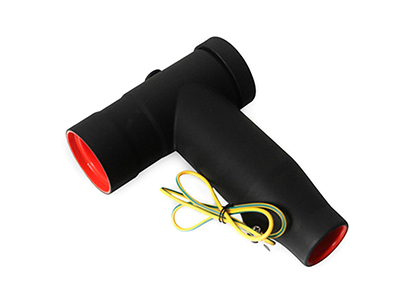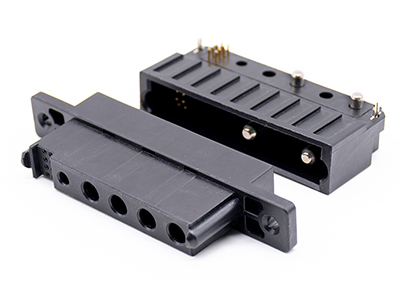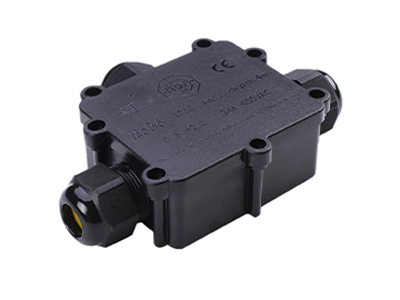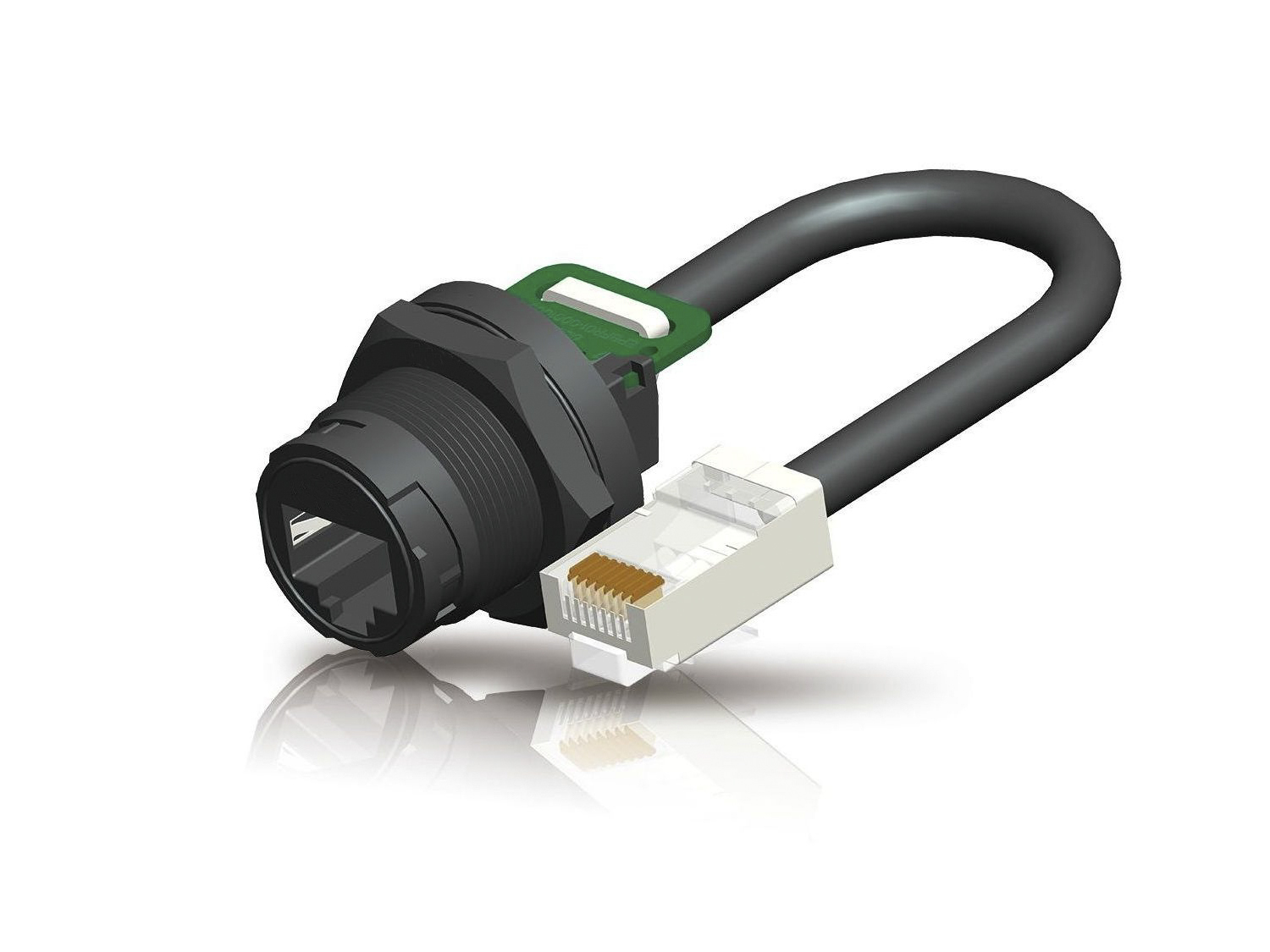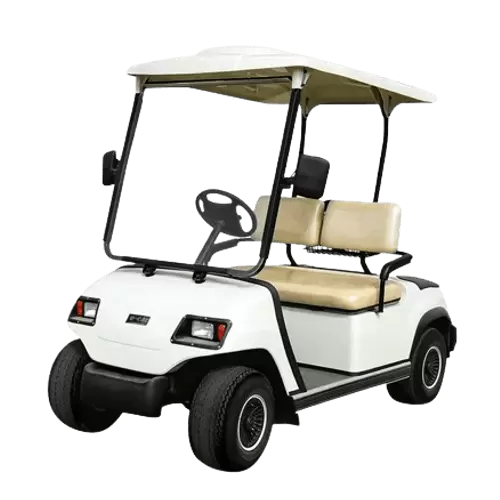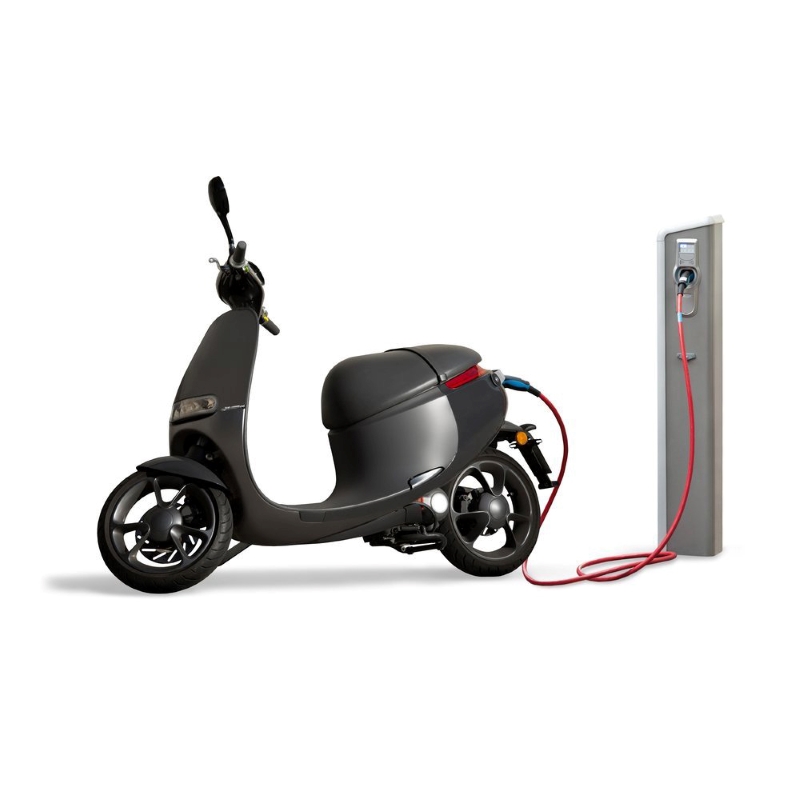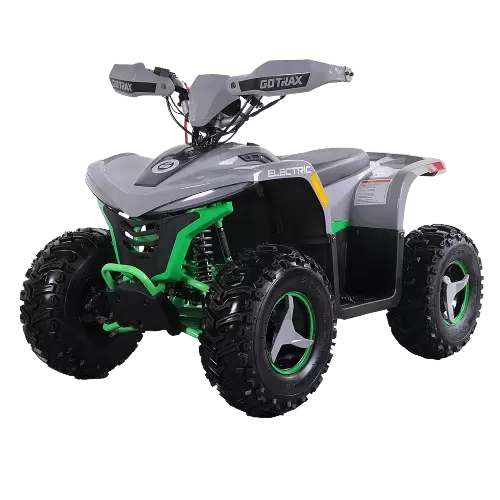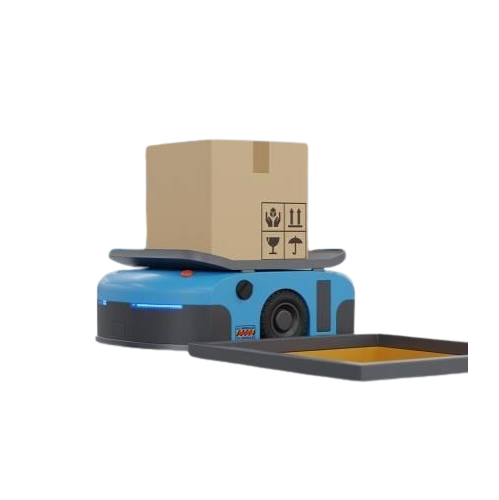News
Battery Storage Connectors: A Key Component in Renewable Energy Systems
As renewable energy sources like wind and solar power become increasingly popular, the need for reliable and efficient energy storage solutions has grown. One of the key components in these systems is the battery storage connector. In this article, we will explore the importance of battery storage connectors and their role in renewable energy systems.
What is a Battery Storage Connector?
A battery storage connector is a device that connects the battery storage system to the power grid or the load. It is an electrical component that ensures safe and reliable transfer of energy between the battery and other components in the system. Battery storage connectors come in different sizes and types, depending on the requirements of the system.
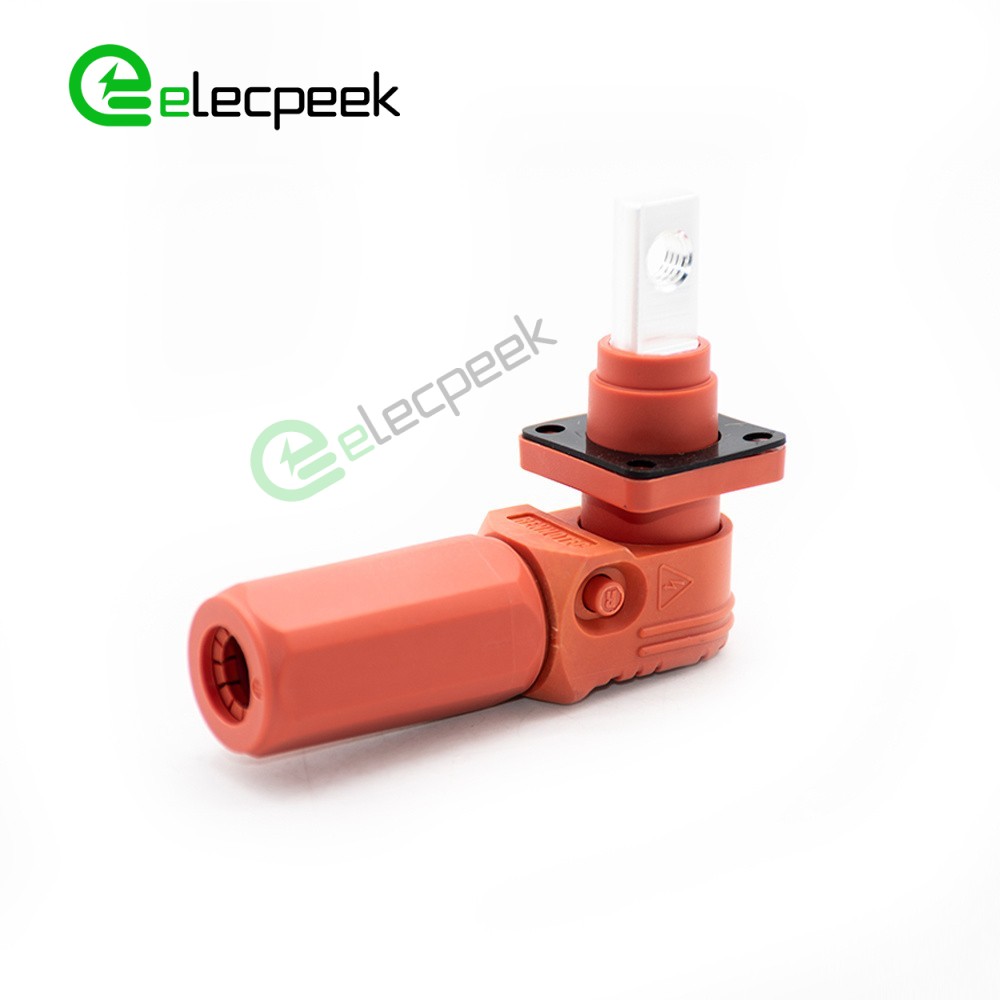
Types of Battery Storage Connectors
The most common types of battery storage connectors are DC connectors and AC connectors. DC connectors are used in systems that use direct current, such as solar power systems, while AC connectors are used in systems that use alternating current, such as wind power systems. The type of connector used in a system depends on the voltage and current requirements of the system.
DC Battery Storage Connectors
DC battery storage connectors are designed to handle high current loads and provide a secure connection between the battery and the load. The most common DC connectors used in battery storage systems are MC4 and Anderson Powerpole connectors. These connectors are easy to install and provide a reliable connection that can withstand harsh environmental conditions.
AC Battery Storage Connectors
AC battery storage connectors are used in systems that require AC power, such as grid-tied solar power systems. The most common AC connectors used in battery storage systems are NEMA and IEC connectors. These connectors are designed to handle high voltages and currents and provide a safe and reliable connection.
Features of Battery Storage Connectors
Battery storage connectors come with a range of features that make them suitable for use in renewable energy systems. Some of the key features of battery storage connectors include:
- Waterproof and Dustproof: Battery storage connectors are designed to withstand harsh environmental conditions, such as rain, dust, and extreme temperatures.
- Easy to Install: Battery storage connectors are easy to install and do not require specialized tools or training.
- Safety: Battery storage connectors are designed to ensure safe and reliable transfer of energy between the battery and other components in the system.
- Durability: Battery storage connectors are made of high-quality materials that are durable and can withstand years of use.
Applications of Battery Storage Connectors
Battery storage connectors are used in a wide range of renewable energy systems, including:
- Solar Power Systems: Battery storage connectors are used in solar power systems to connect the battery to the solar panels and the load.
- Wind Power Systems: Battery storage connectors are used in wind power systems to connect the battery to the wind turbine and the load.
- Hybrid Power Systems: Battery storage connectors are used in hybrid power systems that combine different sources of renewable energy, such as solar and wind power.
Battery storage connectors are a critical component in renewable energy systems. They provide a secure and reliable connection between the battery and other components in the system. Battery storage connectors come in different types and sizes, depending on the requirements of the system. They are designed to withstand harsh environmental conditions and ensure safe and efficient transfer of energy. As the demand for renewable energy continues to grow, the importance of battery storage connectors will only increase.

